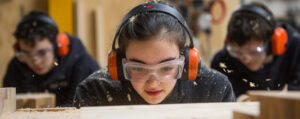Scale of Production in Product Design: a guide for students
To become an effective designer, you must understand how the scale of production in product design (individual, small batch, and mass production) impacts the manufacturing process. Understanding these systems of production, as well becoming familiar with terms such continuous production and just-in-time manufacturing, helps you to make better design decisions, anticipate manufacturing challenges, and grasp … Read more
